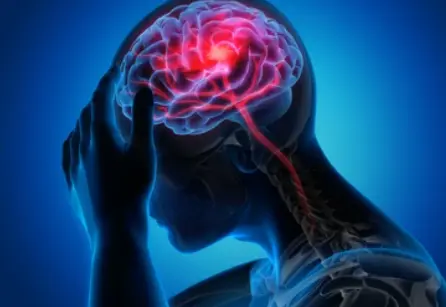 Welcome
Welcome
“May all be happy, may all be healed, may all be at peace and may no one ever suffer."
Cortical myoclonus - Generics
Cortical myoclonus is a type of movement disorder characterized by involuntary muscle contractions or twitches that originate in the brain's cortex, which is the outer layer of the brain. These movements may be brief and isolated, or they can be more prolonged and rhythmic.
Cortical myoclonus can be caused by a variety of underlying conditions, including epilepsy, stroke, brain injury, neurodegenerative disorders, and certain medications. In some cases, the cause is unknown.
Symptoms of cortical myoclonus can vary widely depending on the underlying condition, but may include muscle jerks or twitches in one or multiple limbs, the face, or other parts of the body. These movements can be triggered by sudden stimuli, such as loud noises or bright lights, or they may occur spontaneously.
Diagnosis of cortical myoclonus typically involves a physical examination, a review of medical history, and diagnostic tests, such as electroencephalography (EEG) or magnetic resonance imaging (MRI) of the brain. Treatment options may include medications, such as anticonvulsants or benzodiazepines, that can help to reduce the frequency and severity of the muscle contractions. In some cases, non-medical treatments, such as relaxation techniques or physical therapy, may also be helpful in managing symptoms.
Overall, the outlook for cortical myoclonus depends on the underlying cause of the disorder. While symptoms can be distressing and disruptive, with proper management, many people with cortical myoclonus are able to maintain a good quality of life.

Abdominal pain

Urinary frequency and urg...

Cholera

Benign prostatic hyperpla...

Astrocytoma

Severe diarrhea

Pleural empyema

Soft tissue inflammation
Cortical myoclonus, কর্টিকাল মায়োক্লোনাস
To be happy, beautiful, healthy, wealthy, hale and long-lived stay with DM3S.